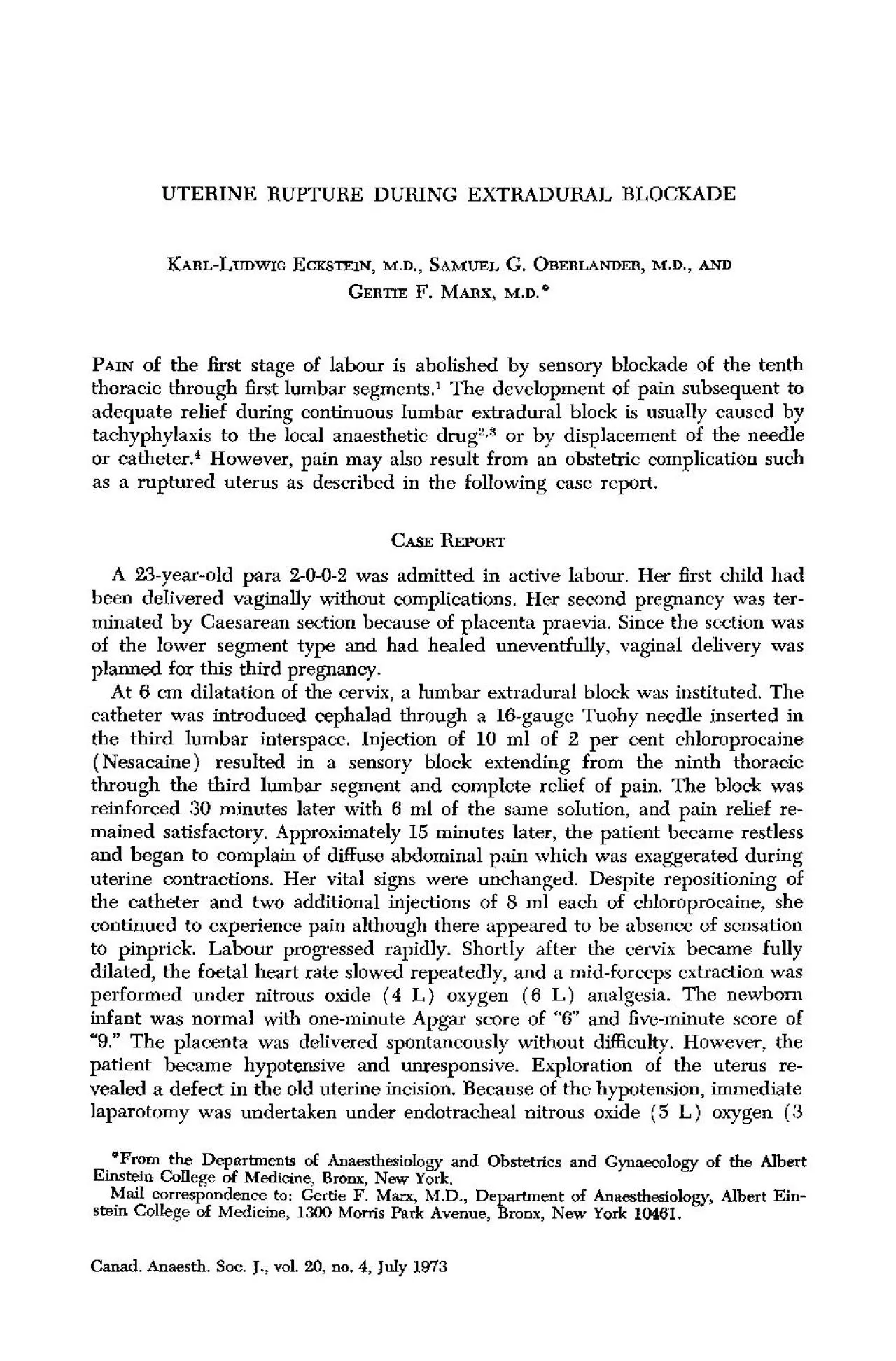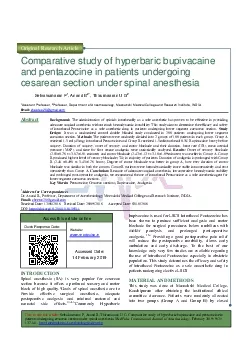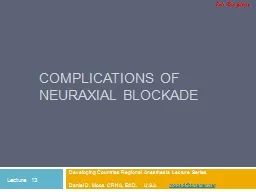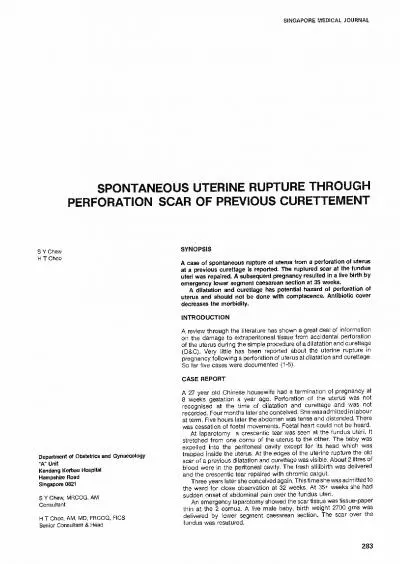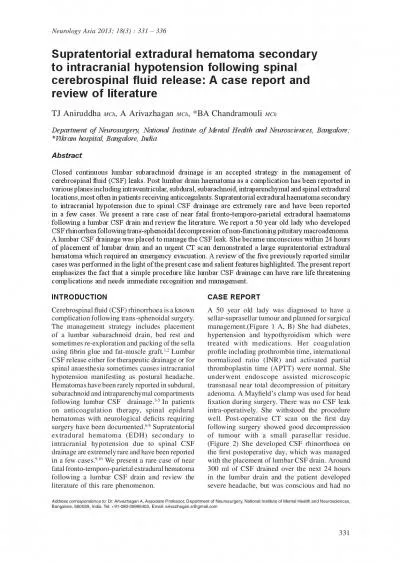PDF-RUPTURE DURING EXTRADURAL BLOCKADE
Author : callie | Published Date : 2022-08-30
ECKSTEIN MD SAMUEL G OBERLANDER MD AND GERTIE F O of the first stage of labour is abolished by sensory blockade of the tenth thoracic through first lumbar segments
Presentation Embed Code
Download Presentation
Download Presentation The PPT/PDF document "RUPTURE DURING EXTRADURAL BLOCKADE" is the property of its rightful owner. Permission is granted to download and print the materials on this website for personal, non-commercial use only, and to display it on your personal computer provided you do not modify the materials and that you retain all copyright notices contained in the materials. By downloading content from our website, you accept the terms of this agreement.
RUPTURE DURING EXTRADURAL BLOCKADE: Transcript
Download Rules Of Document
"RUPTURE DURING EXTRADURAL BLOCKADE"The content belongs to its owner. You may download and print it for personal use, without modification, and keep all copyright notices. By downloading, you agree to these terms.
Related Documents

